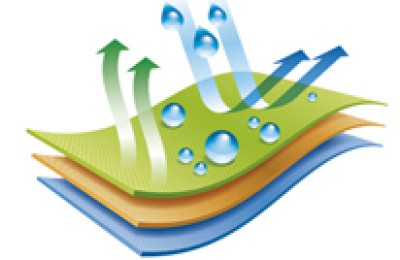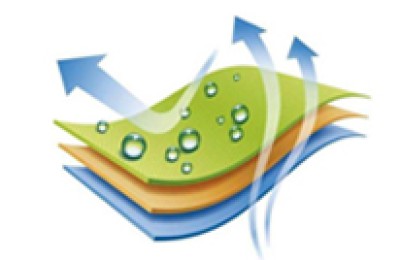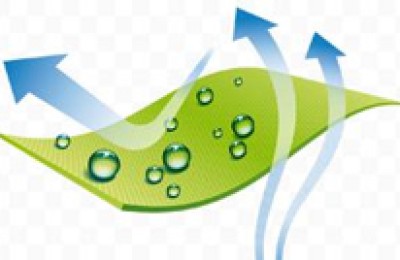Introduction
PTA is a capital-intensive industry. Profit changes mainly come from cyclical fluctuations and its own cost advantages. Industry cyclical fluctuations are more dependent on supply and demand factors and are greatly affected by macro factors. The cost advantage is the core competitiveness of an enterprise. With the strengthening of the development of polyester refining and chemical integration, the cost advantage of advantageous enterprises’ relative marginal production capacity is constantly expanding, and the Matthew effect is becoming more and more obvious.
General calculation method of PTA cost
PTA cost includes direct raw material cost, manufacturing cost, packaging cost, labor cost, financial cost, sales cost, equipment Depreciation cost, etc., its general calculation method is shown in Table 1:
Table 1 General calculation method of PTA cost
With the continuous advancement of process technology, improvement of management level, and improvement of scale, the costs of domestic enterprises have continued to decrease. However, the enterprises’ different advantages in the cost of PTA have led to a huge gap in profitability.
Comparison of profitability between project A with leading technology and management level and project B with backward technology and technology level
By studying advanced production capacity project A and project B in the industry For Project B with backward production capacity, estimate the cost ratio and obtain the costs of the two as shown in the following table:
Table 2 Comparison of PTA ton costs between Project A and Project B
It can be seen from the data analysis in the above table that the advanced technology of Project A is reflected in the utilization rate of raw materials and energy consumption control, and the advanced management is reflected in the three cost indicators. , and the advanced nature of the device is mainly reflected in the maintenance and depreciation costs of the device. Calculated based on the average price of PX from January to September 2019, which is 7,556 yuan/ton, and the average price of acetic acid, which is 3,014 yuan/ton, the cost difference per ton between project A and project B is 647 yuan/ton, of which the raw material cost difference is 387 yuan/ton, accounting for Ratio is 56%, while processing costs account for about 44%. Based on the average PTA price of 6,050 yuan in 2019, the profit per ton of project A is 706 yuan, while the profit per ton of project B is 59 yuan. The profit per ton of project A is about 12 times that of project B.
Against the backdrop of increasing downward pressure on the economy, international crude oil prices have continued to decline, and the center of gravity of PTA and PX prices has shifted downwards. As shown in the figure below:
The weak decline in PTA prices has led to changes in the profitability of Project A and Project B. Calculated based on the average price of PX and PTA in September 2019, the profit of project A is 299 yuan, while the profit of project B is -311 yuan. It can be seen that project B is currently at a loss, while project A still has profit margins.
In the third quarter, China’s GDP growth rate was 6.0%, down 0.2 percentage points from the previous quarter. The downward pressure on the economy further increased, and the CPI in September reached 3.0 year-on-year, putting downward pressure on personal disposable income. Continuing to strengthen will inevitably drag down consumer demand for home textiles and clothing. According to Zhuochuang’s understanding, the inventory pressure on the downstream textile industry is currently increasing, the textile industry’s enthusiasm for purchasing upstream raw materials has weakened, and downstream factories are willing to further suppress the purchase price of raw materials. Therefore, Zhuo Chuang believes that with the further strengthening of expectations for PTA price decline in the future, advanced PTA production capacity can still withstand a certain degree of decline due to acceptable profits, while the losses of backward production capacity will further expand, and long-term losses may be Accelerate the elimination of backward production capacity.
</p






